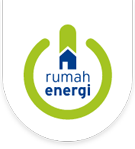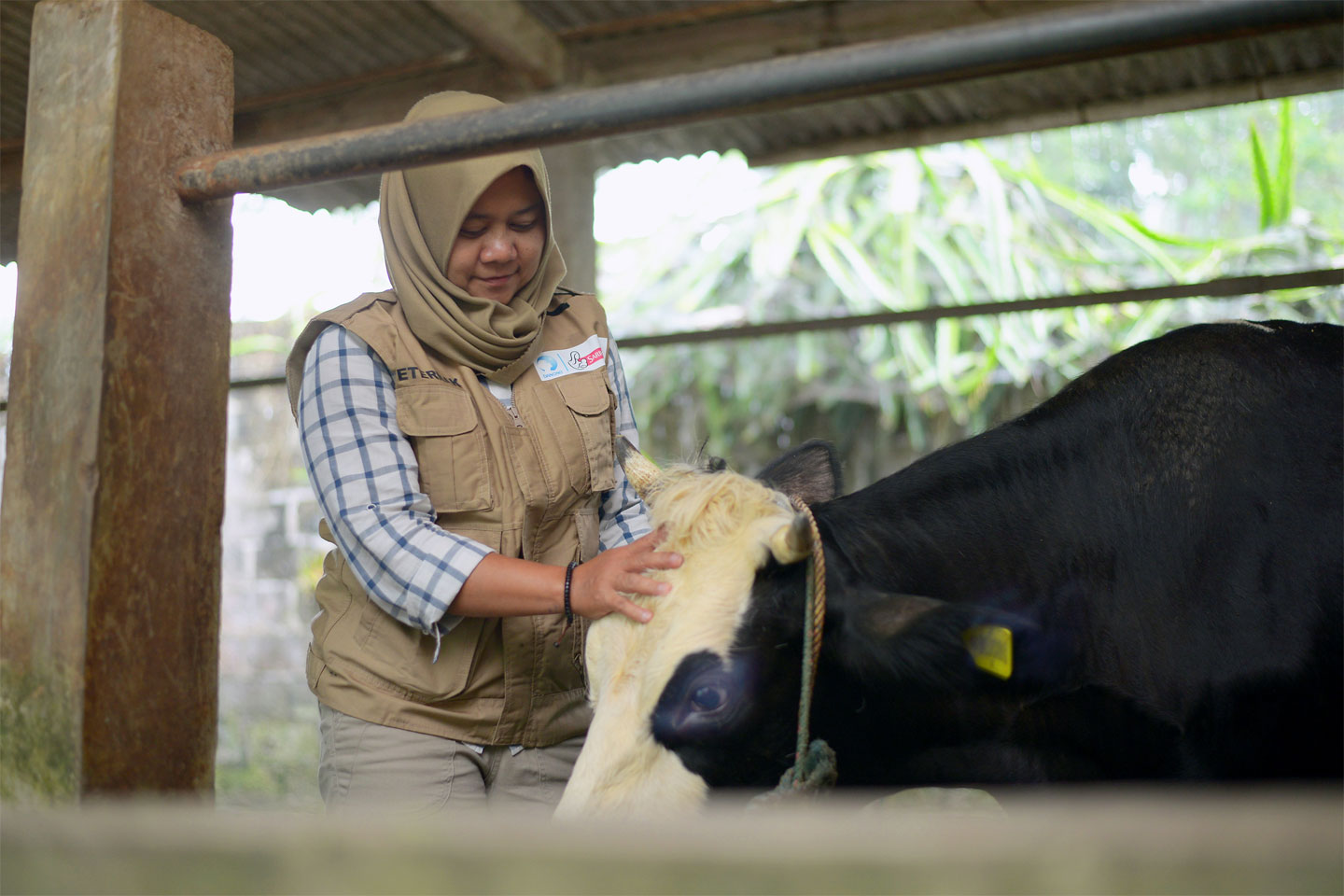Indonesia’s milk production is at 2.6 million liters/day which can only supply 22-23% of national demand for milk consumption. The country relies heavily on imported powder milk and local milk farmers are lacking in capability of good farming practices, infrastructure investment, high-quality inputs, and water access. Local milk production is produced by 584,000 cows, which 40-50% of the cow population are productive cows and dominated by smallholders with ownership of 2-3 productive cows/farmer. Indonesia Ministry of Agriculture had indicated a decline in the production of milk since 2019-2020 to 947,685 tons recorded in 2020. Thus, to meet the national demand, improve the livelihood of smallholder dairy farmers and meeting the national priority in fighting stunting, the Indonesian Government has set the target for dairy sector by increasing the dairy cow population, productivity, milk quality, open up access to finance and build partnerships in the industry.
In Indonesia, local dairy farmers face the challenge of low productivity of livestock, low quality of milk, limited knowledge to Good Dairy Farming Practices, limited access to finance for purchasing and improving input quality and limited access to waste management practice and technology. In the Indonesian context, dairy farmers rely heavily on local cooperatives for financing, inputs and shared knowledge. Nonetheless, local cooperatives also face similar challenges namely: limited capacity on livestock and health management, business model, financial and organization management. Due to this reliance, interventions need to take place to both ends.
Therefore, Yayasan Rumah Energi, Sari Husada, Danone Ecosystem and PRISMA has formed a collaboration project that contributes to the following outcomes: Improved Capacity and Knowledge: Train and improve the human capital capacity, skills and resiliency for cooperative and farmers on an end-to-end good farming practices; Strengthened Infrastructure: Invest on hardware to increase milk quality, set up a traceability system for transparency in the value chain and dairy cattle productivity; Initiate pilots for trial and innovations: Test the small-scale pilot to improve farmers work efficiency, productivity, and quality improvement for future practice improvement as well as Improved environmental management of smallholder dairy farmers: Invest on equipment to reduce methane emissions and provide easier water access.


